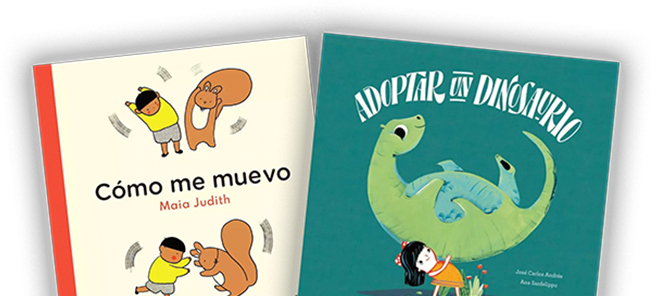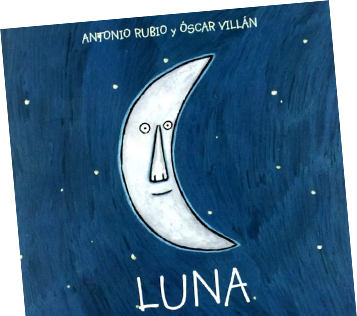
Parents ready to add some Spanish into their child's existing reading routine may wonder how to best start out: immerse them right away with authentic Spanish children's books, or wade into the language a little more slowly with Spanish-English bilingual children's books. Here we'll take a closer look at each option so you can find the right mix for your reader.
The Pros of Authentic Spanish Children's Books
Opting for authentic Spanish picture or board books has a number of benefits for children. If you decide to focus solely on the new or minority language during reading sessions, you will be able to give your reader the greatest level of exposure thorough complete literary immersion.
Let’s look more closely at some of the benefits together.
Cultural Authenticity
The cultural representation in Spanish books is always the greatest. Your child experiences the most vivid expression of español, so they naturally become more understanding, empathetic, and respectful toward others’ cultures.
If you share the heritage with characters in these books, they can be a great way to introduce your child to their roots, and help them better understand where their family comes from.
Comprehensible Input
People can understand a language without understanding every word they hear. This phenomenon is called "comprehensible input." Spanish books are a fantastic way to teach the language through immersion.
Although children don’t speak the language yet, they can follow along with the story thanks to a simple language structure, repeated patterns, and helpful illustrations.
The best part is that comprehension only increases with each reading, so learning Spanish is boosted through familiarity and repetition.
Fun Spanish Prose
As you delve deeper into children’s Spanish books, you’ll likely begin to notice major difference between wordplay and rhythm. Spanish naturally gives a beautiful sound to stories, and it can contain lots of fun phrases and words that children enjoy. The use of different writing techniques in Spanish children’s books makes them a great tool for teaching the language.
Cons of Using Only Spanish Children's Books
If you opt for an immersion route (aka zero translations), there could be some downsides. Keep in mind, there are workarounds to these, and they may not be a problem for every family. That being said, we still think it’s important to understand potential drawbacks, so you can get your child off to the best start in their bilingual adventure.
Less Comprehension
When you start reading to your child in Spanish, they won’t be able to follow along with what they hear. Although they will likely still enjoy the illustrations, some children may have less interest in a story they don’t understand at all.
It’s completely normal for children to express some hesitation or even resistance to speaking a second language. But comprehension can’t be so low that they don’t benefit from what they’re reading.
To get around this, start with simple books in Spanish that are below your children’s native language proficiency. These books offer straightforward stories that make context easier to understand. As their basic vocabulary grows, children will have an easier time following along with different stories.
Difficulty Making Connections
Unless you’re fluent in Spanish, you might find it hard to draw connections between the language and your child’s native tongue. As a result, they could miss out on key grammar points that books teach, and wind up only building comprehension rather than speaking skills.
You have to ensure that in addition to following along with the story, your child is developing a strong understanding of the Spanish language itself. The goal is for them to take what they learn through reading and eventually apply it in their own lives, forming their own sentences and holding conversations.
Start with these Spanish Children's Books
Board Books
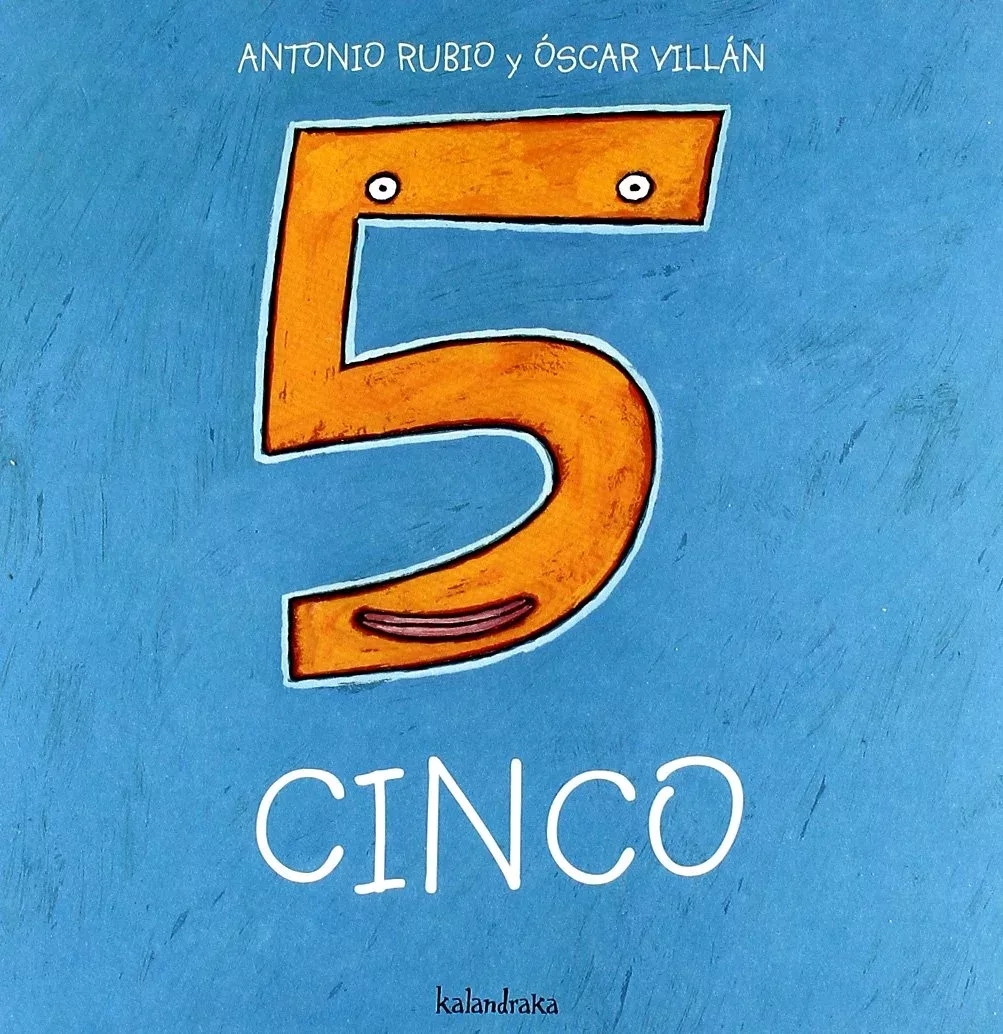
Cinco
by Antonio Rubio, illustrated by Óscar Villán Seoane
The From the Cradle to the Moon collection is intended for the youngest readers age 0 to 3 and using a reading rhythm that "educates the eye and sweetens the ear". The series is a popular and engaging starting point for any little Spanish learner - simple, sweet, bright and colorful.
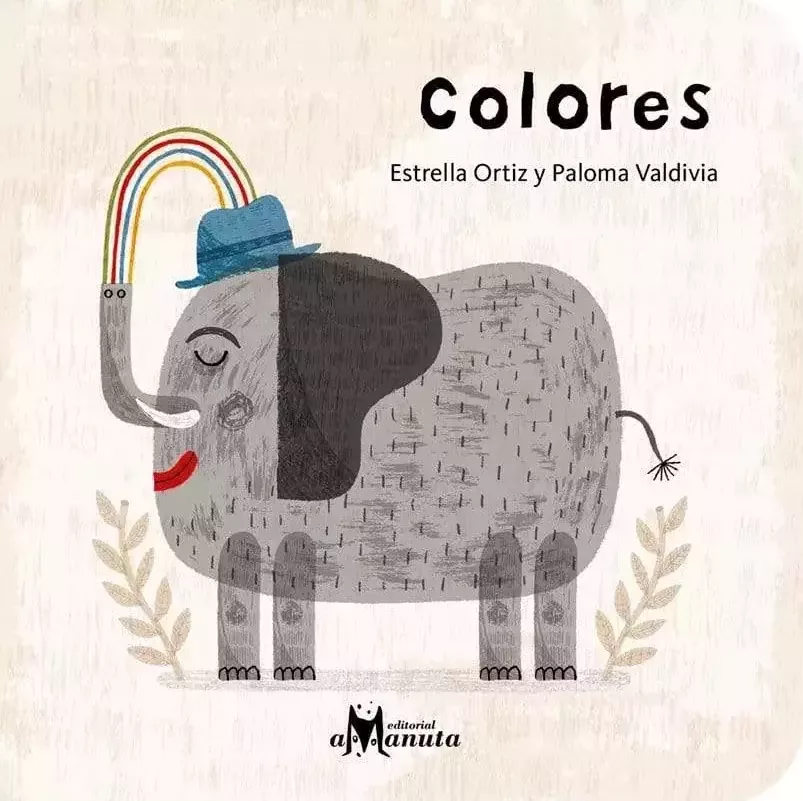
Colores
by Estrella Ortiz, illustrated by Paloma Valdivia
A warm, sweet, entertaining book for the tiniest Spanish learners, where they will meet different animals, each one of a different color.
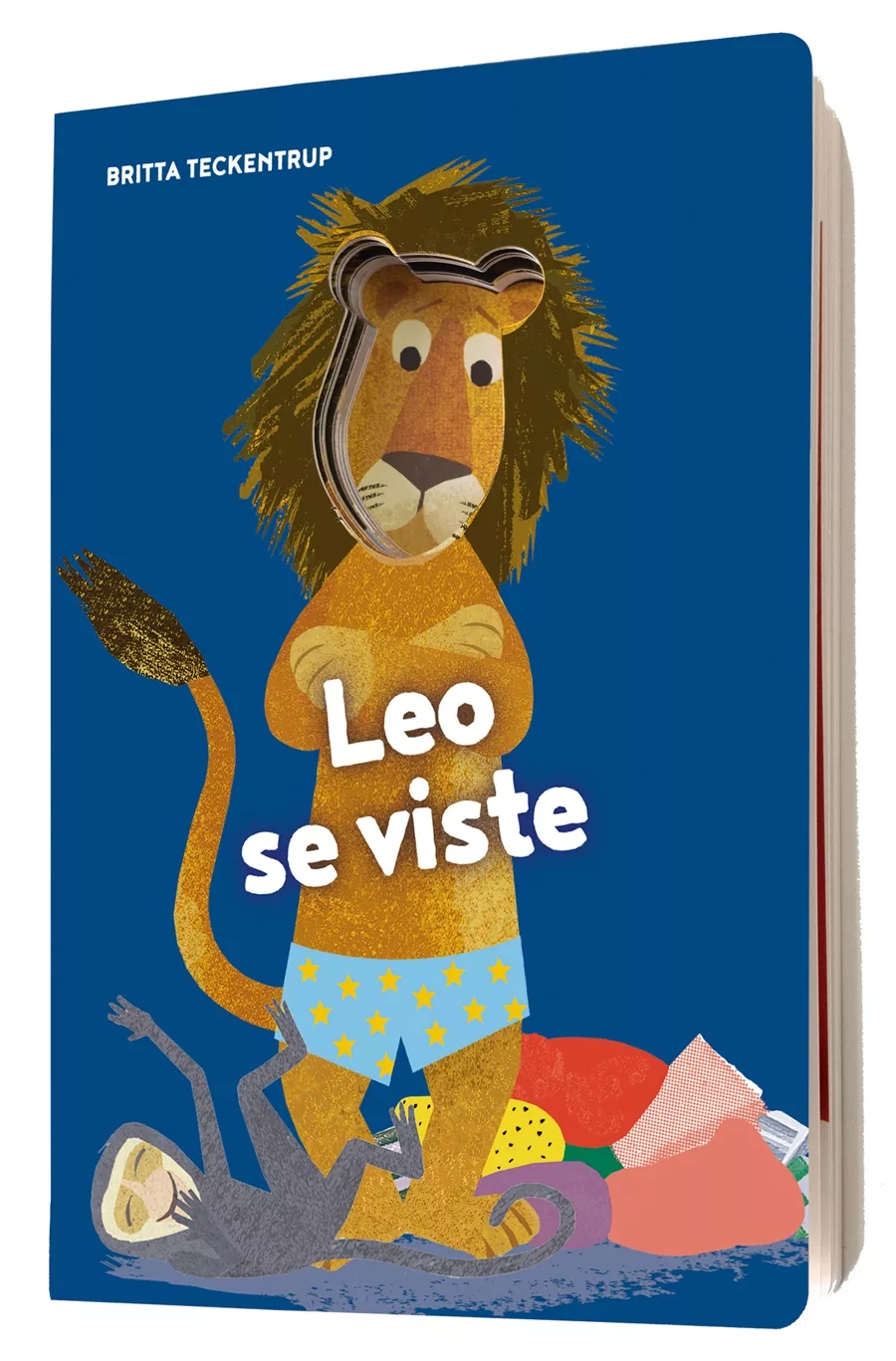
Leo se Viste
Written & illustrated by Britta Teckentrup
Leo and his friend Monkey decide what to wear in this hilarious story from award-winning children's author Britta Teckentup.
Picture Books
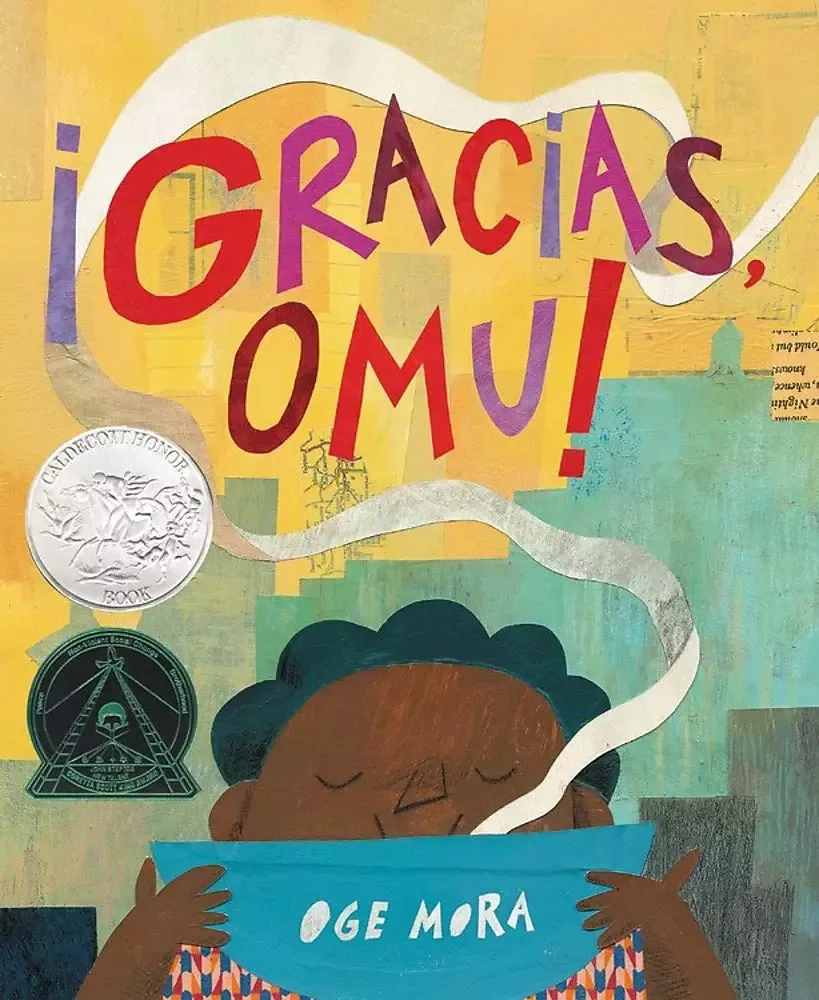
¡GRACIAS, OMU!
Written & illustrated by Oge Mora
A heartwarming story of sharing and community in colorful cut-paper designs, perfect for fans of Last Stop on Market Street and Extra Yarn.

¿Por qué no floreces?
Written & illustrated by Katarína Macurová
This fun, colorful book about a little bear tending to his garden tells a story from two distinct points of view. A great lesson about the subjectivity of our own experiences!
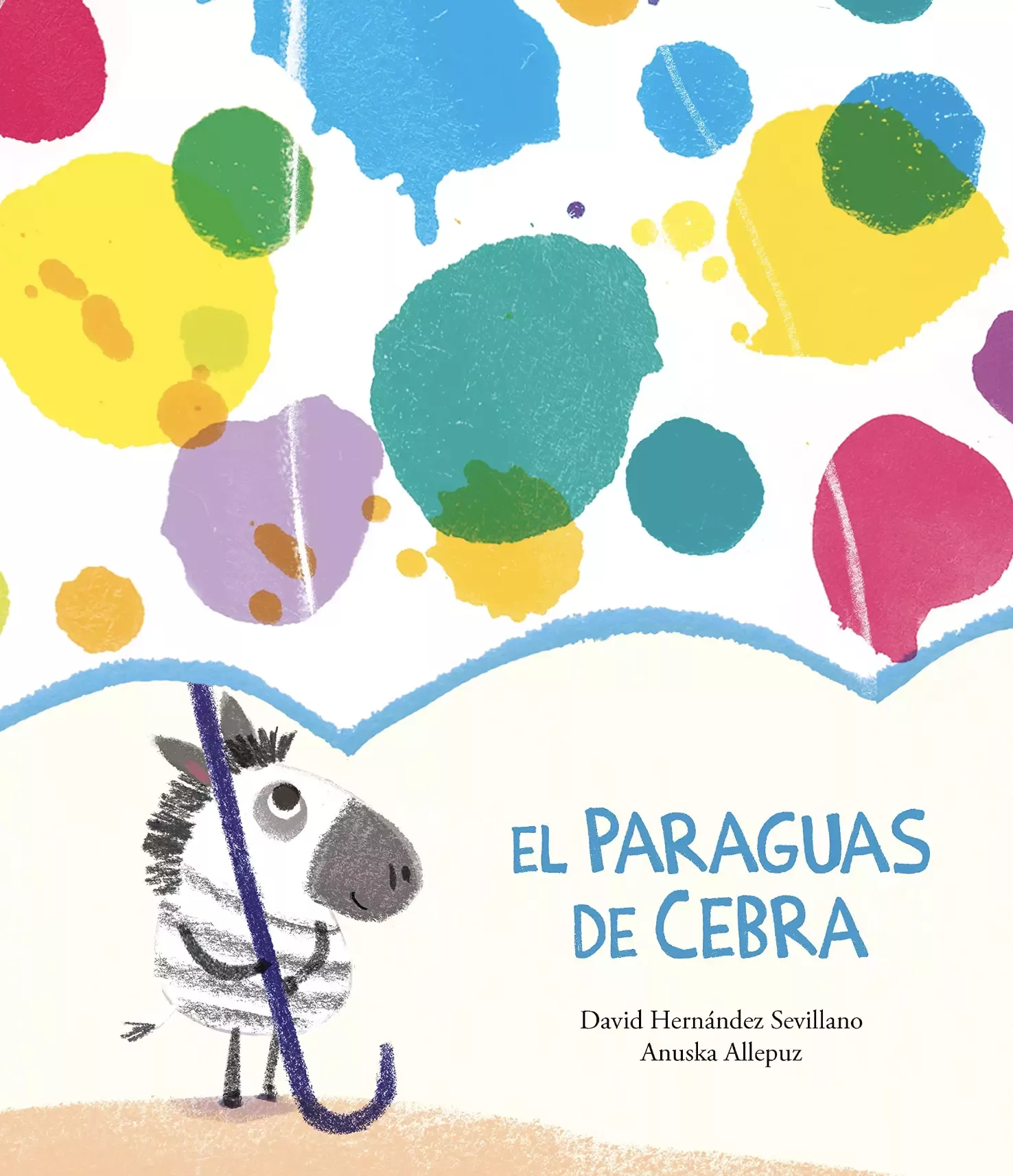
El Paraguas de Cebra
Written & illustrated by Katarína Macurová
A gentle, colorful reflection on kindness and sharing to inspire your whole familia.
Pros of Bilingual Children's Books
Choosing bilingual picture or board books allows you children to enjoy stories in Spanish along with English translations. Here are several reasons why some parents prefer this method of learning Spanish at home.
Easier to Understand
Children who already speak English, as well as early readers, will find it easier to follow along with the story. They’ll also be more engaged with what’s happening on the page, because they’ll be able to understand it more easily after you read it together in both languages.
Lower Barrier to Learning
Early readers can grow frustrated if they’re struggling to read with a new alphabet and decipher their second language. Having English translations in a bilingual book takes some stress off their little shoulders. Reading can still be fun and enjoyable, even as they confront some obstacles.
Also, because able to easily find out what a certain word or phrase means allows children to develop Spanish comprehension faster.
Build Two Vocabularies at Once
By opting for bilingual board books, learning Spanish and English together is easy. Children will encounter new words in both versions of a story, so they’ll build bigger vocabularies faster.
Cons of Using Only Bilingual Children's Books
These are two of the potential drawbacks to translated books that you may want to avoid. However, these are not necessarily problems so much as points of consideration.
Over-reliance on Mother Language
Children who are new to Spanish will naturally favor translations in their majority language. This could result in less takeaways from books, even if they sit through the entire Spanish reading. You want to make sure that they are enjoying both versions of the story, not just the one they naturally understand.
Other bilingual books don’t include a lot of Spanish, so children may not pick up as much as you’d like.
Quality of Prose
Some books lose their magic in translation. The stories are still good, but they often don’t carry the same emotional impact as they do in the language they were originally written. This is because language is so vivid and alive — it carries the emotions of the writer with it.
In some cases, you might find that bilingual books aren’t as in-depth or emotionally compelling as ones written entirely in one language.
Start with these Bilingual Children's Books
Board Books

VÁMONOS: Antigua
Written & illustrated by Patty Rodriguez & Ariana Stein
Let's take a trip around the world with VÁMONOS. In this colorful series by Lil' Libros, each book celebrates the sights, sounds, and people of a different city both in English and Spanish.
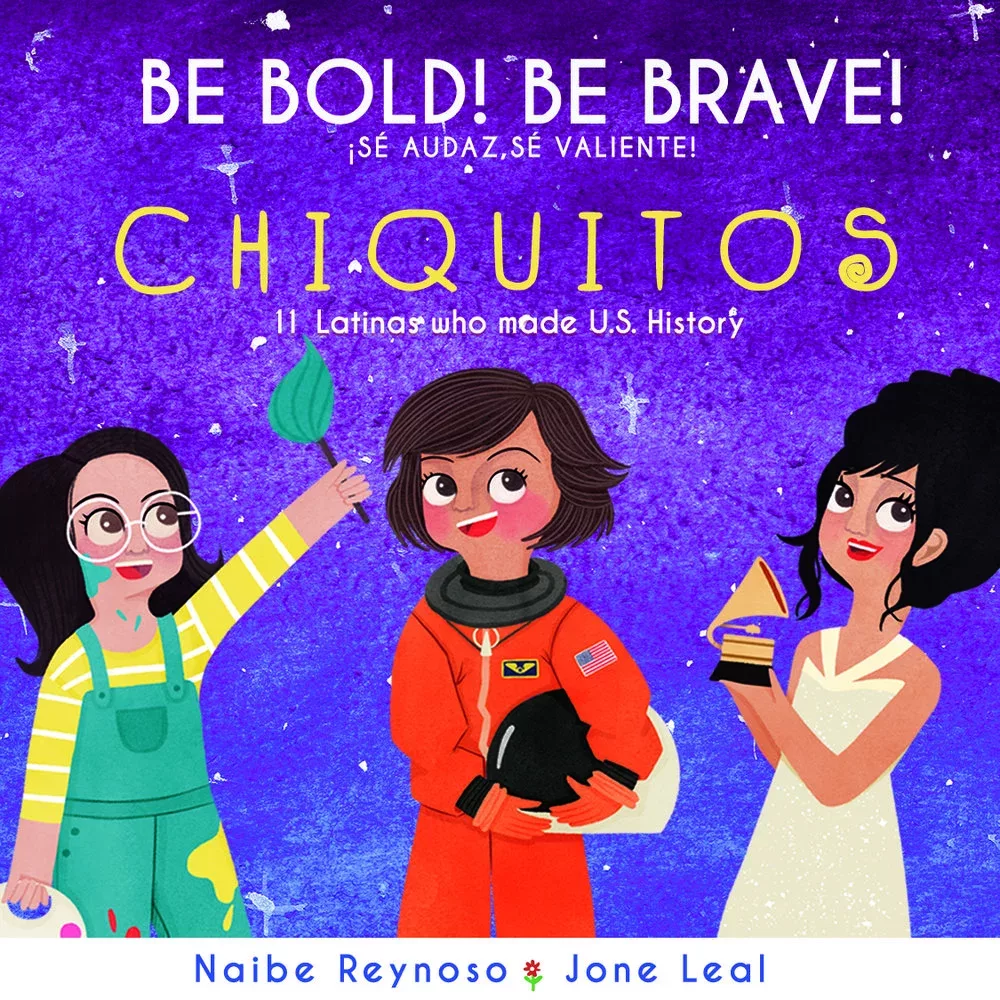
Be Bold! Be Brave! Chiquitos
Written by Naibe Reynoso, illustrated by Jone Leal
Introduce your little ones to history-making Latinas like Astronaut Ellen Ochoa, Judge Sonia Sotomayor, singer Selena, Oscar winner Rita Moreno, and many more!
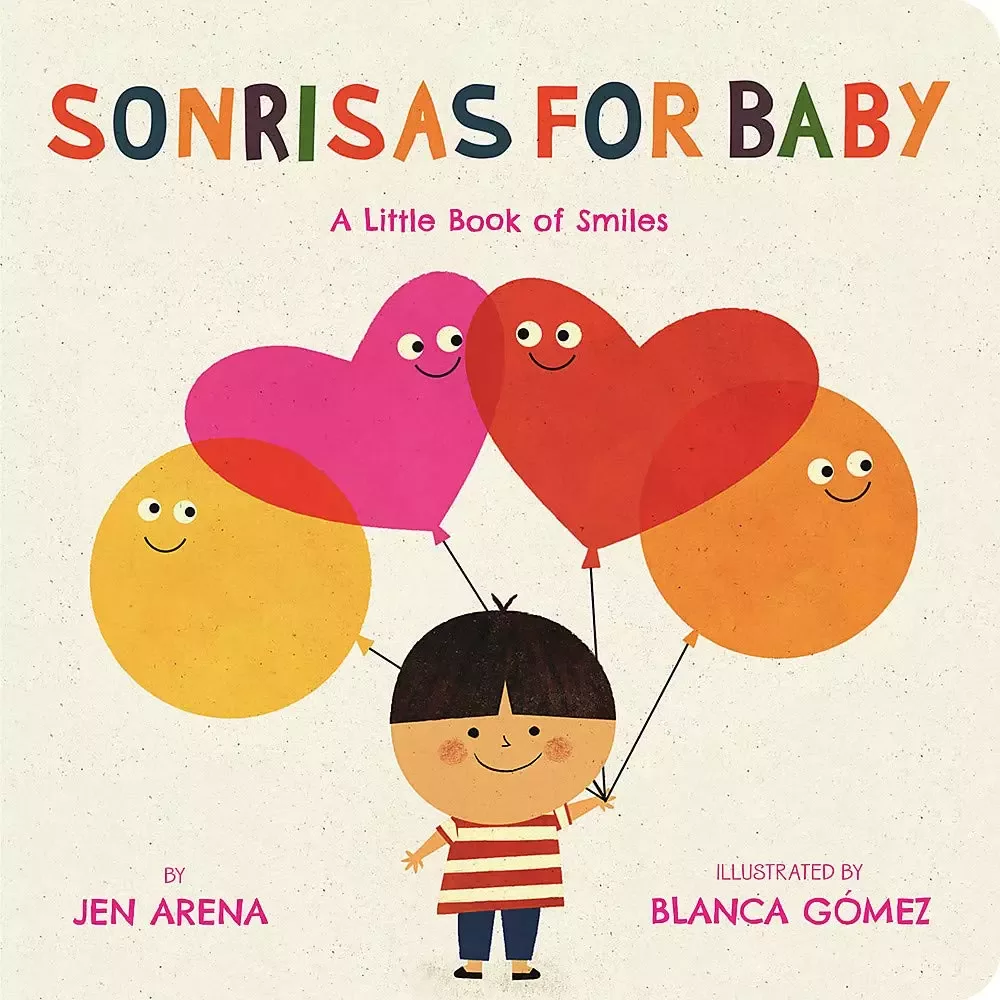
Sonrisas for Baby: A Little Book of Smiles
Written by Jen Arena, illustrated by Blanca Gomez
With spare and simple Spanish that's accessible for both parents and little Spanish learners, this sweet bilingual board book proves that smiles can brighten any day.
Picture Books
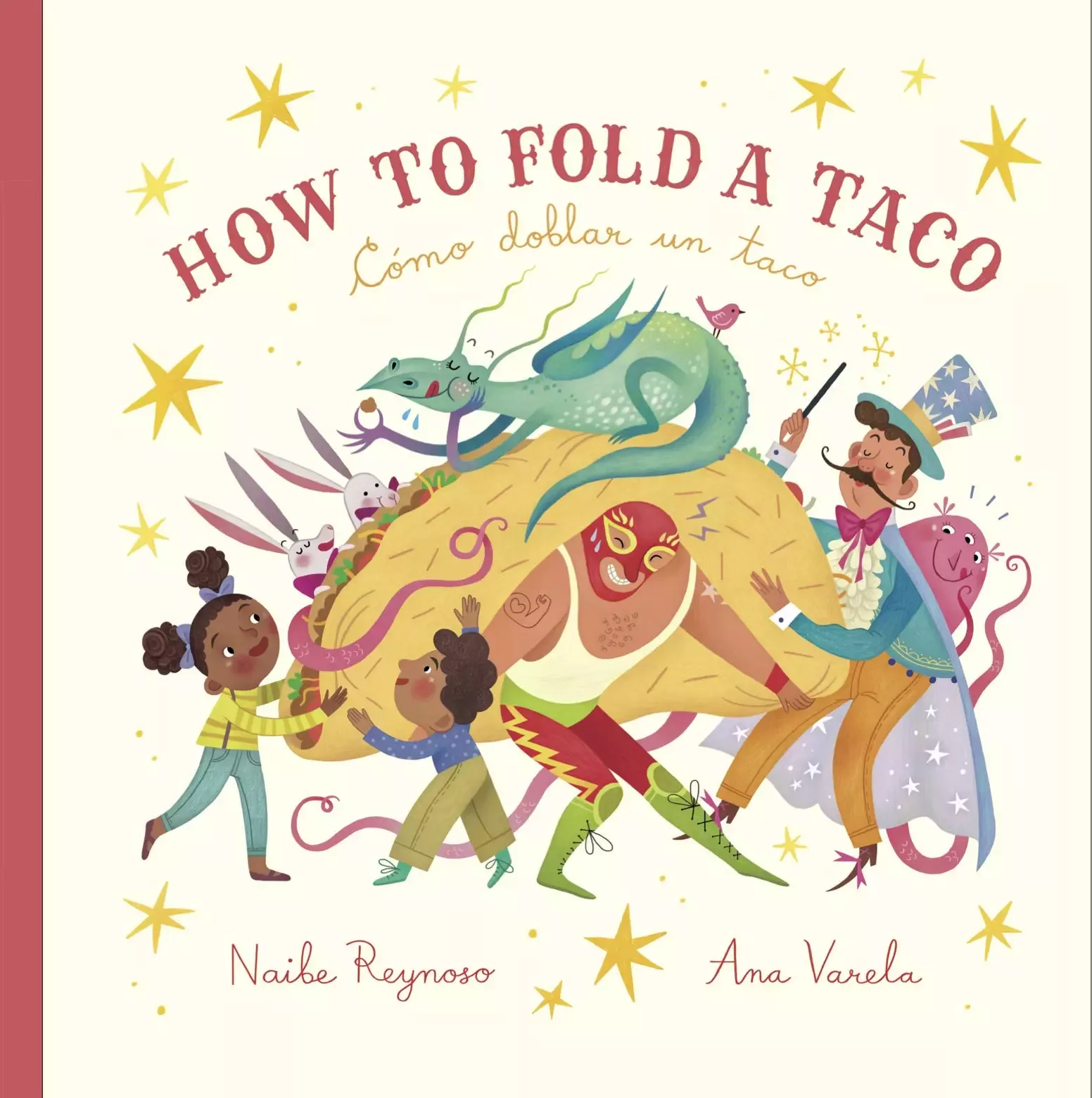
How to Fold a Taco / Como Doblar Un Taco
Written by Naibe Reynoso, illustrated by Ana Varela
A delightful story, some culinary history, and a taco recipe are all part of this whimsical rhyming libro featuring wrestlers, magicians, dinosaurs, and more!
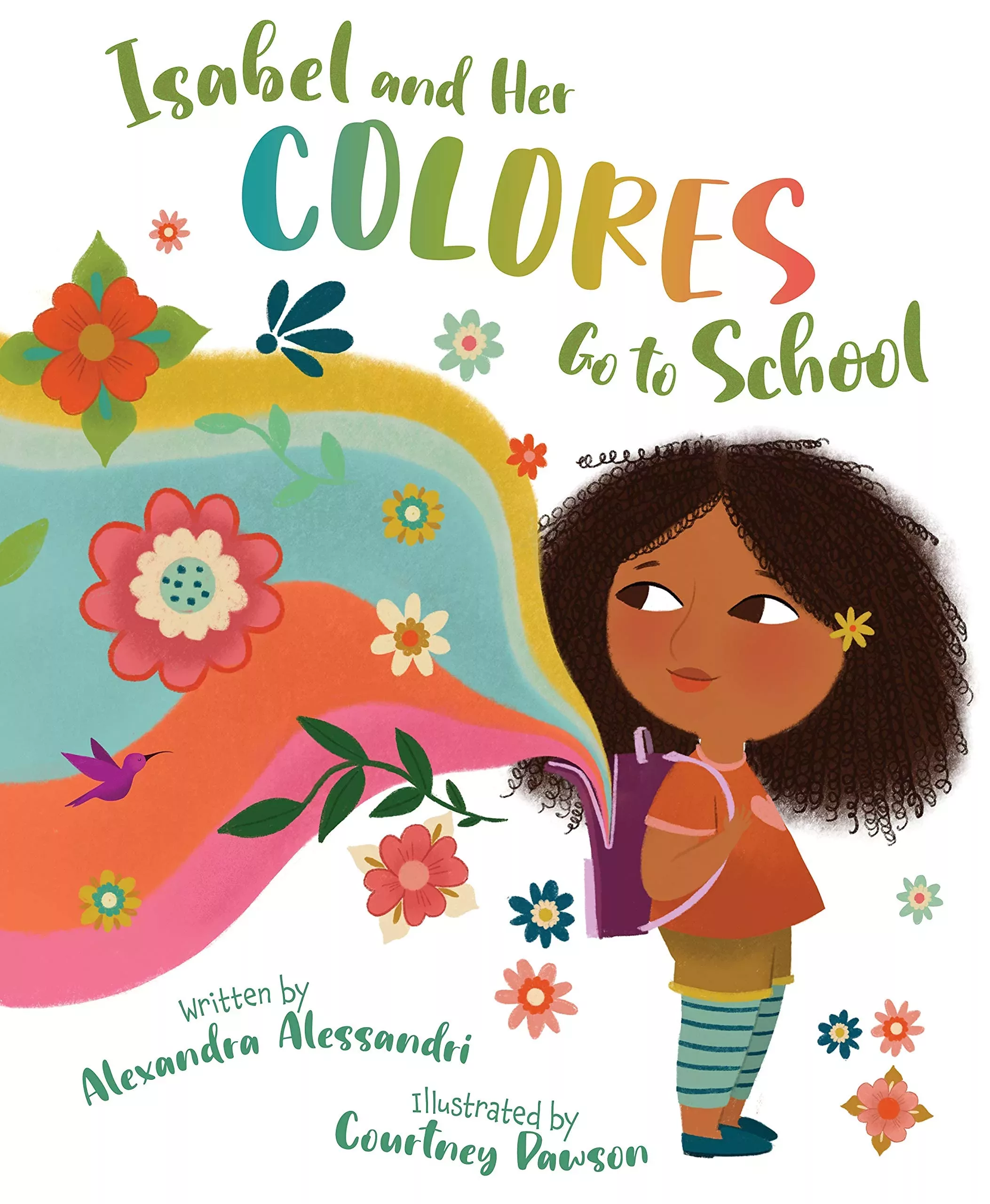
Isabel and her Colores go to School
Written by Alexandra Alessandri, illustrated by Courtney Dawson
A warm, expressive, affecting, (and of course colorful!) bilingual story about empathy, new beginnings, and making new friends.
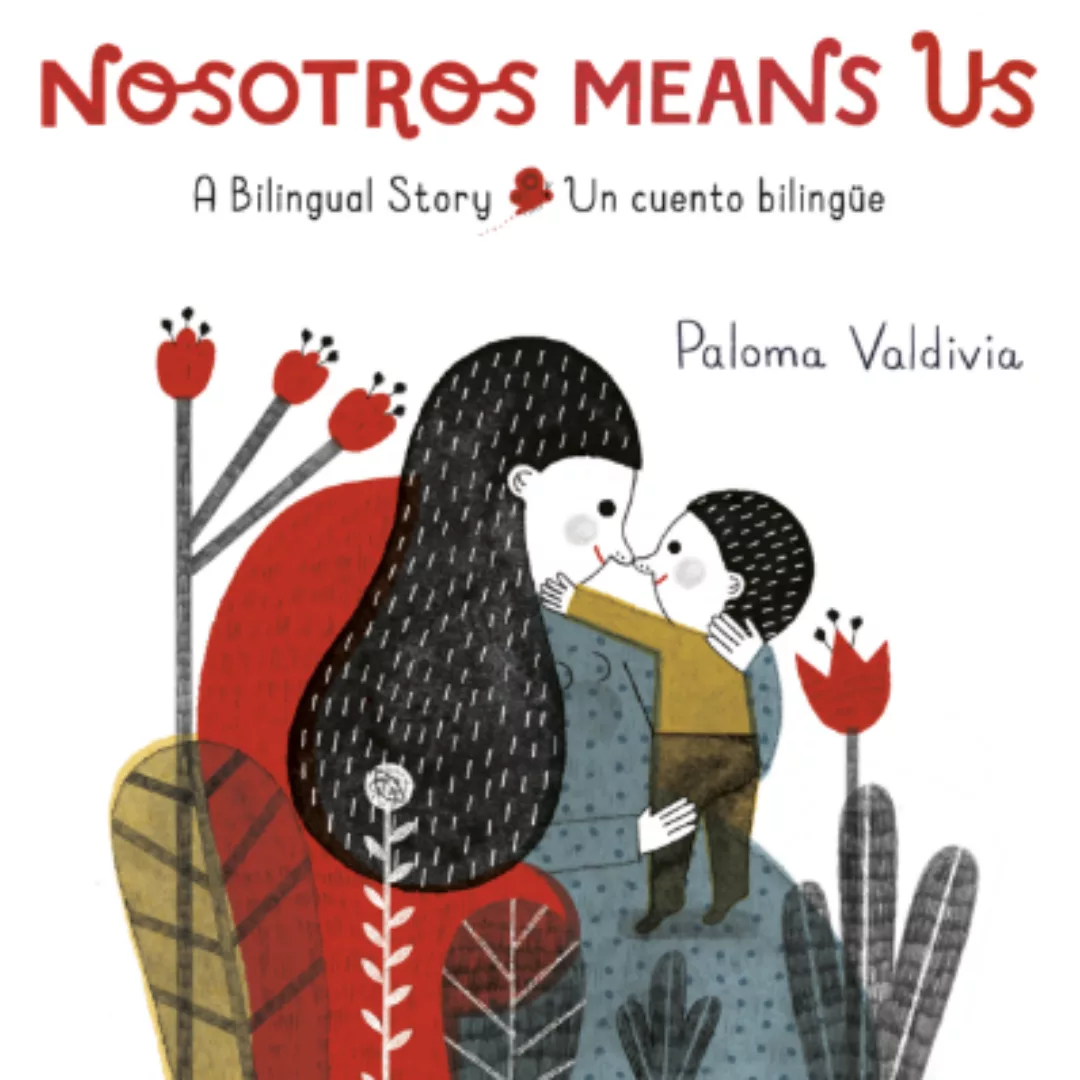
Nosotros Means Us
Written & illustrated by Paloma Valdivia
Gentle and poetic with relatable, universal themes, this story is a moving bilingual ode to the unshakeable bond between a parent and child in the tradition of Runaway Bunny.
Explore our subscription options today
At Sol Book Box, our book box subscribers can elect to receive Spanish books, bilingual books, or a mix of both! Don’t be afraid to try both at home as well. You’ll discover your child’s preferences, and you can help them develop greater fluency and confidence in Spanish over time.
